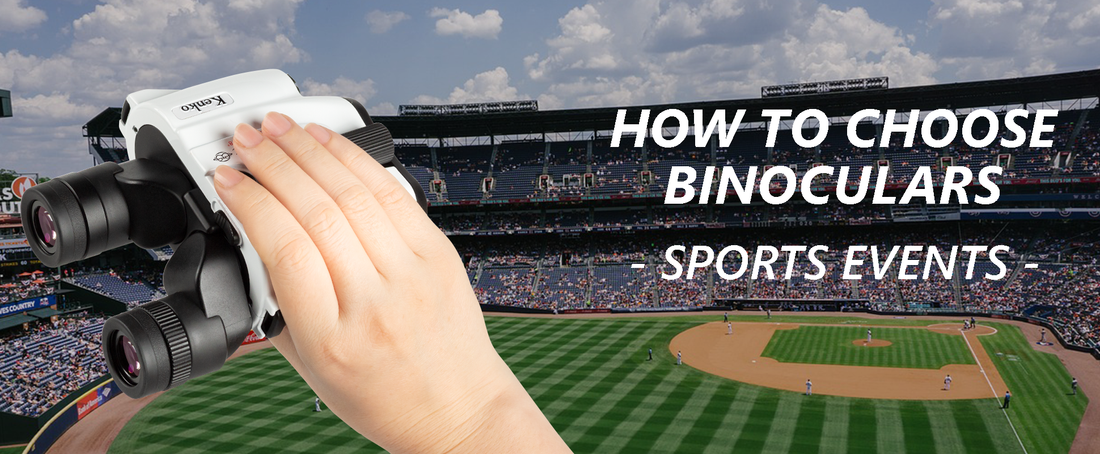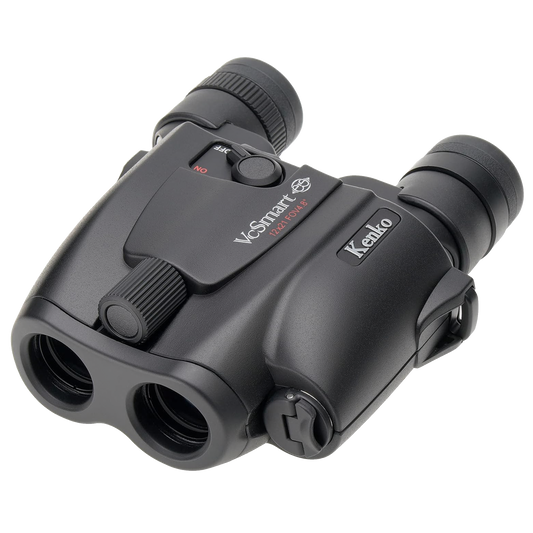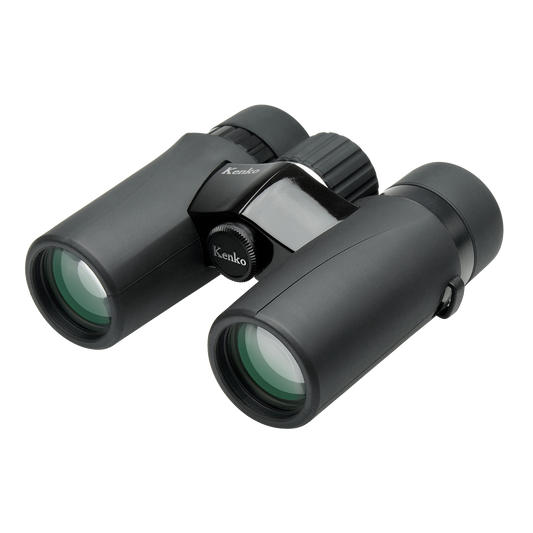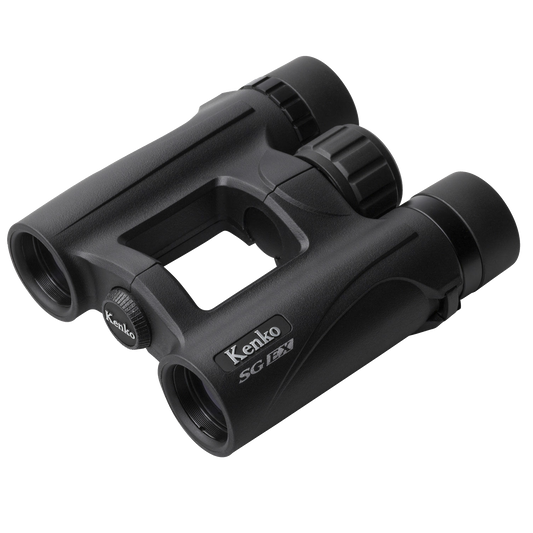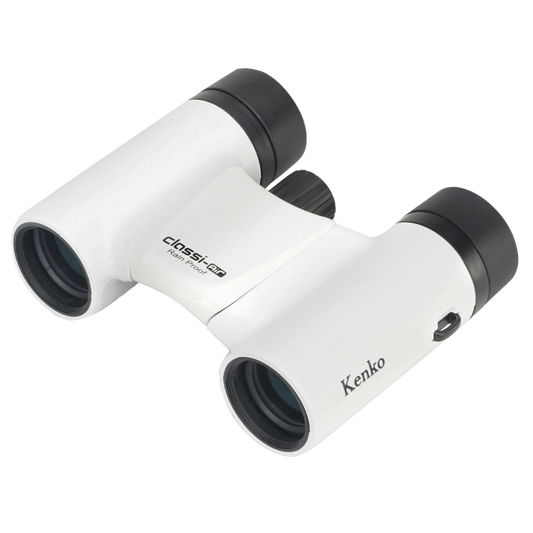In 2024, a lots of sports events such as Super Bowl that will be held this month and the Olympic Games in Paris are coming up.
Binoculars are very useful to have when you go to a sports game. The pair of binoculars allow you to see the players on the field in a larger size. However, there are many different types of sports to watch, such as outdoor sports (baseball, soccer, rugby, golf, etc.) and indoor sports (volleyball, basketball, figure skating, etc.). The question is what type of binoculars one should you choose? In this article we will look at the checkpoints for selecting binoculars for sporting events!
1. MAGNIFICATION
When viewing an object in a large stadium, you may be concerned about "magnification. Magnification indicates how large an object appears to the naked eye when you look through the pair of binoculars. If you want to see your favorite athlete up close the important thing would be the distance to the object. It is better to know the size of the stadium and choose an appropriate magnification.
Formula "distance to the object divided by magnification” will let you know the distance the object will be seen through the binoculars as if you look at the object without it.
Example) When the distance to the stage is 100m
With 8x binoculars, 100÷8=12.5m
With 10x binoculars, 100 ÷ 10 = 10m
The distance to the object appears to be 12.5 or 10m.

You may be thinking, "Isn't it better to use a higher magnification to get a closer view?” However, the higher the magnification, the narrower the field of view and the easier the shaking may occur. In the case of high magnification, the use of a tripod is recommended, but in most places such as stadiums, the use of a tripod is forbidden.
For hand-held viewing, a magnification of up to 10x is recommended to prevent shaking view. Recently, there are binoculars with an image stabilization (anti-vibration type) that reduces binoculars shake even at high magnifications.
In addition, it would be better to have "waterproof" binoculars that can be used outdoors in case of sudden rain. It is less likely to fog up and can be used with peace of mind.

2. BRIGHTNESS
For indoor sports, the "brightness" is especially important to check. Since the stadium is darker than outdoors, it is better to choose a binocular with a high brightness value. Brightness is determined by the magnification of the binoculars and the effective diameter of the objective lens.
Brightness = Objective lens effective diameter² / Magnification².
In other words, if the magnification is the same, the binoculars with a larger effective diameter of the objective lens will be brighter. Also, if the aperture diameter is the same, binoculars with a lower magnification are brighter.
However, the larger the objective lens diameter, the heavier the binoculars will be, so for hand-held viewing binoculars with objective lens diameter from 20mm to 32mm are recommended.
Also, even with the same brightness, the viewing image quality will vary depending on the lens material and lens coating, etc., so it is advisable to actually compare them at a store.

3. FIELD OF VIEW
For sports that involve a lot of action, such as soccer and rugby, it is best to choose binoculars with a wide field of view (large numerical value).
Real field of view is the area that can be seen without moving the binoculars, expressed as an angle. If the actual field of view is narrow, the object will soon go out of the viewing area, making it difficult to follow the players. When watching sports with a lot of actions, binoculars with a wide field of view is especially recommended. In general, the higher the magnification, the narrower the real field of view becomes, so it is better to select binoculars knowing the size of the stadiums.


